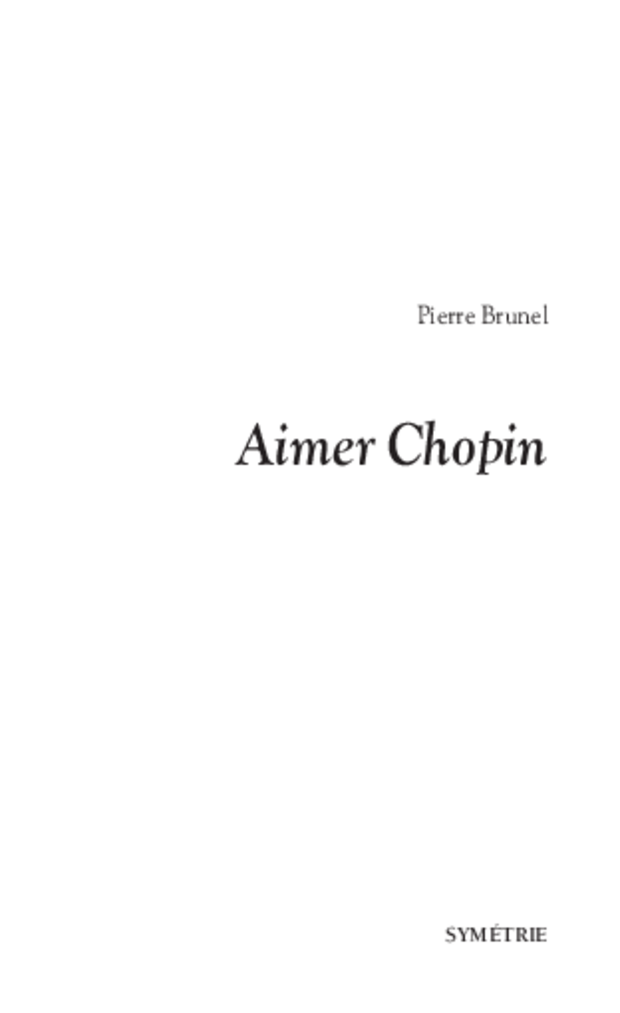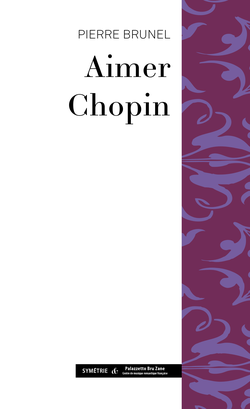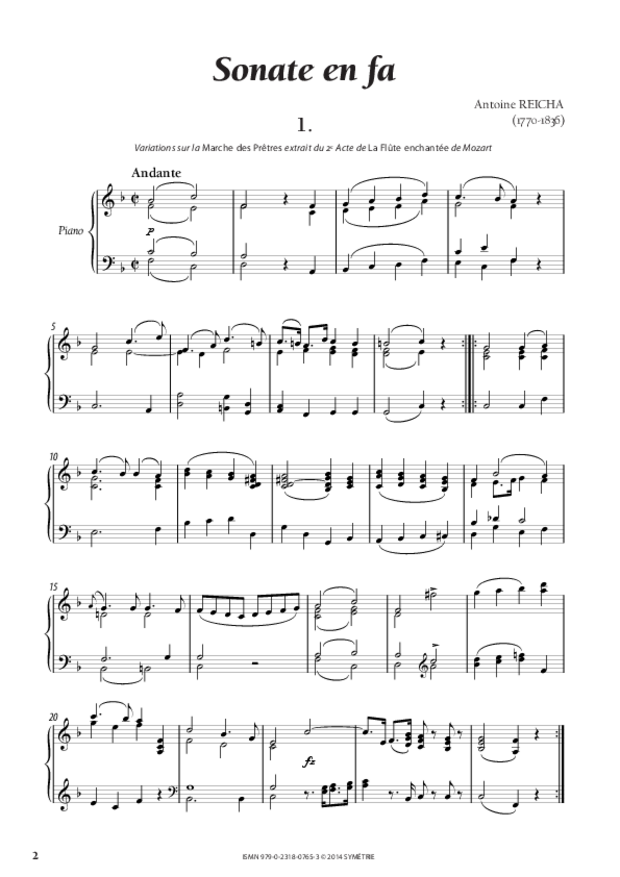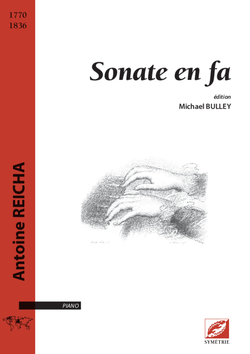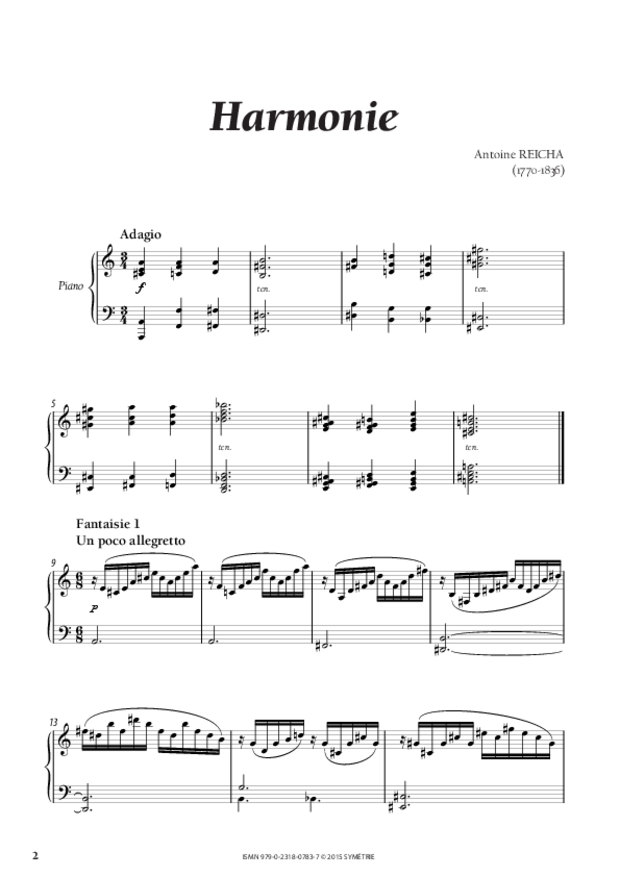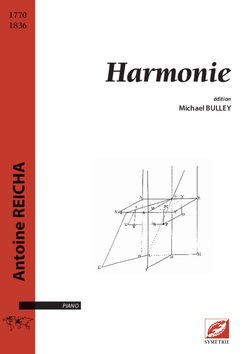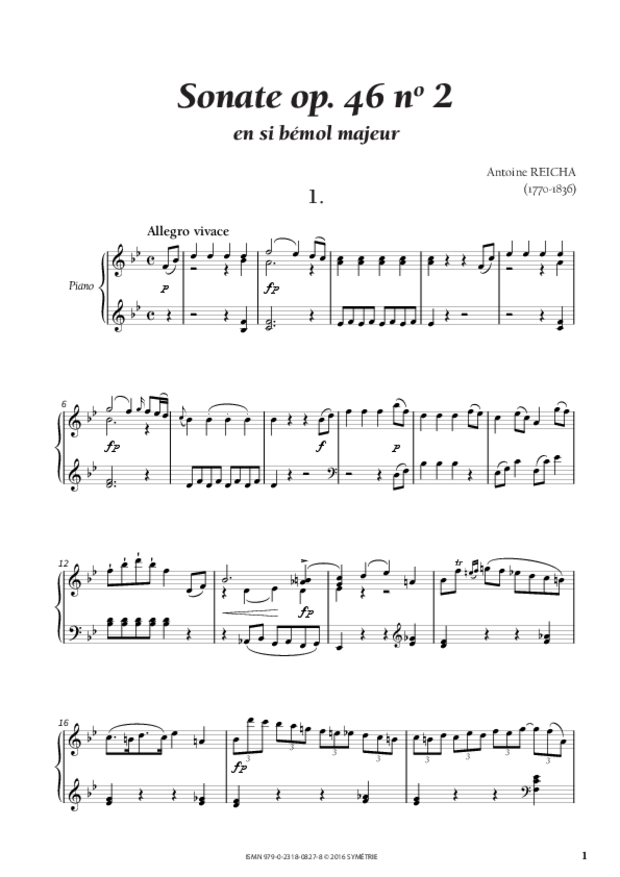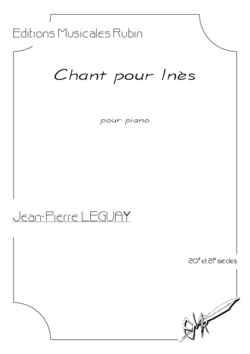The fourteen pieces published here come from a small autograph album kept at the Morgan Library & Museum in New York. They are almost certainly a selection from among the pieces composed by Chabrier as a child and copied by him between 1849 and 1855.
We can see quite clearly the musician’s growing mastery of writing and invention – which is perhaps what he wanted to highlight in this selection. Aïka, the last piece in this collection, was of sufficient musical value to him to be published. In his manuscript, we can see Chabrier giving instructions to the engraver of the music, which already testifies to his high standards in this area.
Although quite simple musically, and even childish as for the early pieces, they are full of life and charm. We can even detect in them certain characteristics of the composer, “as gay as finches and as melodious as nightingales”, as his friend Paul Verlaine described him: a spirit of playfulness, a taste for light-hearted melodies with strong, lively rhythms; in a word, perhaps, humour. This is also due to the fact that these pieces are all dances – waltzes, polkas, mazurkas… genres that Chabrier would continue to practise well into his maturity. We like to think that these fourteen little pieces, modest and touching but also fascinating, paved the way for the future Souvenirs de Brunehaut (“Grande valse”), and the better-known Scherzo-Valse, Bourrée fantasque, Valses romantiques, Menuet pompeux, etc.
As well as constituting a new repertoire that young pianists will certainly enjoy playing, the pieces in this Album de jeunesse, as we have named it, reveal a Chabrier full of promise, and add to our knowledge of one of France’s greatest composers.
Alice Burghart,
under the scientific guidance of Nicolas Southon
Catherine Deutsch (Université de Lorraine, C.R.U.L.H.)
(translation Hjördis Thébault)
Nomenclature
piano
